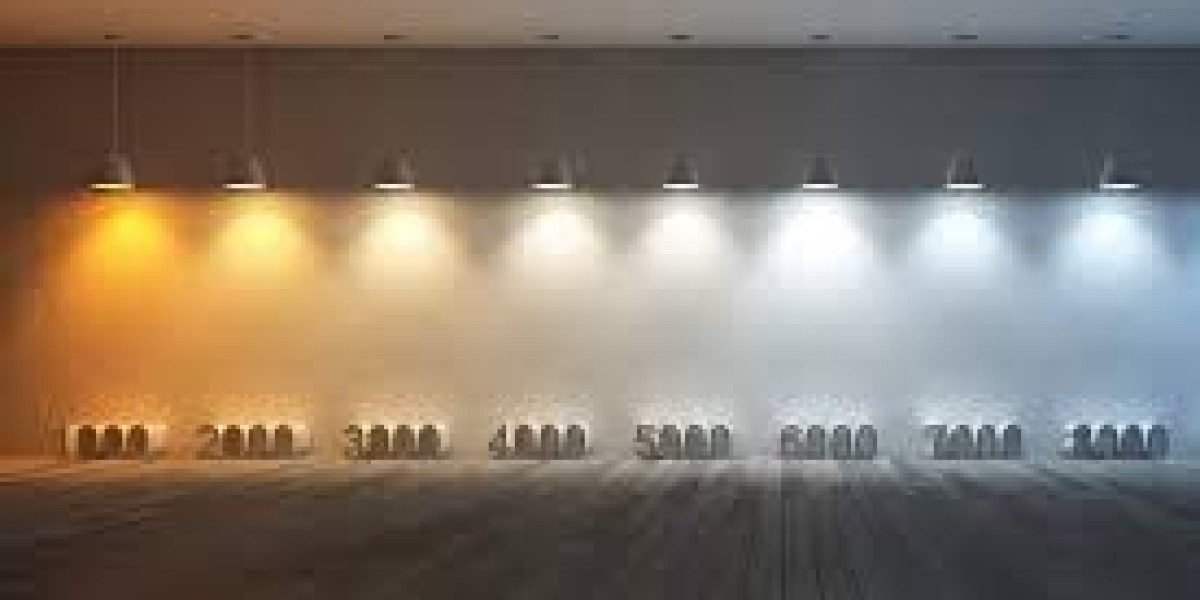Lighting shapes how we experience our surroundings—how we see, feel, and interact with a space. From highlighting architectural forms to setting emotional tone, well-thought-out illumination can transform a room or landscape into a masterpiece. Whether you're designing a cozy home interior, a productive office, or an eye-catching storefront, lighting is the invisible art that fuses aesthetics and functionality. By understanding both the creative and technical dimensions, designers can craft environments that captivate the senses and support user well-being.
In essence, Lighting design is much more than a decorative afterthought; it is a strategic discipline that influences mood, visibility, and atmosphere. This synergy between art and science allows designers to orchestrate environments that are both beautiful and purposeful. From the spectrum of color temperatures to the precision of beam angles, every element contributes to the final experience. By balancing creative vision with technical accuracy, designers ensure their lighting schemes are visually stunning and practically effective.
1. The Fundamentals of Lighting Design
Effective lighting is built upon three foundational layers:
Ambient (General) Lighting: Acts as the base illumination, defining the overall brightness of a space.
Task Lighting: Focuses on specific activities, such as reading or cooking, providing direct and functional light.
Accent Lighting: Highlights architectural features, artwork, or textures, adding drama and visual interest.
Selecting the right color temperature—measured in Kelvins—plays a significant role in perception and mood. Warm tones (2700K–3000K) evoke comfort and intimacy; neutral tones (3500K–4000K) suit offices and retail environments, while cooler tones (5000K+) offer crisp clarity in workspaces. Similarly, beam angles and distribution patterns affect how light spreads and emphasizes elements within a space.
2. Lighting Design as an Art Form
At the heart of exceptional design lies creative expression. Lighting can sculpt space by layering light and shadow, drawing the eye to textures and form. A well-placed light can make raw concrete look organic, glazed tile appear to shimmer, or a vintage rug glow with nostalgia. Designers use light to build emotional narratives—lighting in a spa may be soft and inviting, while a bar might use dramatic contrast to energize.
Fixtures themselves become design statements. Sculptural pendants, geometric sconces, and integrated cove lights turn illumination into an aesthetic feature. Choosing finishes—matte black, brass, frosted glass—helps blend lighting with the interior palette. Thoughtful fixture selection ensures that light isn't just functional—it’s poetic.
3. Scientific and Technical Considerations
Beneath the artistic veneer of lighting lies a foundation of science and engineering. Lux levels (illumination intensity), glare control, and uniformity contribute to visual comfort and health. Designers rely on photometric data to simulate how light will behave in actual environments. Ensuring even brightness on work surfaces, avoiding flicker, and meeting standards like WELL or LEED enhances both wellness and regulatory compliance.
Energy efficiency is another critical factor. LED technology has revolutionized lighting through low energy use, long lifespan, and precise control over color and dimming. Integrating smart systems—such as occupancy sensors and daylight harvesting—further improves both user experience and sustainability, supporting global initiatives to reduce carbon footprint and operational costs.
4. Application in Different Environments
Residential Spaces: Home lighting prioritizes comfort and adaptability. A layered scheme in living rooms supports lounging, reading, or entertaining. In kitchens, under-cabinet lighting illuminates countertops without casting shadows. Bedrooms benefit from adjustable bedside lamps or subtle cove lighting for relaxation.
Commercial and Office Spaces: Lighting supports productivity and creativity. Tunable-white LEDs that mimic daylight can enhance alertness. Desk-focused task lights prevent eye strain, while corridor lighting supports safe navigation and brand alignment. In retail, spotlighting brings focus to products, guiding customers through displays and building brand narratives.
Public and Cultural Spaces: Lighting transforms museums, galleries, and public plazas into immersive environments. Directional fittings highlight sculptures and textures; creeping LED strips along steps enhance safety and flair. In heritage sites, subtle uplighting reveals architectural finesse without overwhelming the setting.
5. Modern Trends in Lighting Design
Human-centric Lighting: By aligning lighting with circadian rhythms, designers support mental and physical health. Dynamic systems shift color temperature and brightness throughout the day, boosting energy during the day and promoting relaxation in the evening.
Smart and IoT Integration: Voice commands, scheduling, and motion-based activation offer convenience and customization. Users can pre-set “morning coffee” or “evening movie” scenes or adjust mood lighting via smartphone apps.
Minimalist and Integrated Fixtures: Hidden or recessed lighting creates sleek, clean lines. Cove lights, perforated stock fixtures, and in-wall strips allow illumination without visible hardware, maintaining aesthetic purity.
Sustainable Design: Choosing eco-friendly fixtures, recyclable materials, and durable finishes minimizes environmental impact. Long-lasting LEDs and resource-efficient design support global sustainability goals and reduce lifetime cost.
6. Tips for Effective Lighting Design
Layer Thoughtfully: Combine ambient, task, and accent light to enrich dimension.
Mind Color Consistency: Stick to one or two color temperatures per space for cohesion.
Balance Glare and Shadow: Use diffusers and shields to control harsh light and prevent discomfort.
Focus on Fixtures as Decor: Let lighting hardware contribute to the design narrative.
Plan for Scale and Flexibility: Account for furniture changes and evolving needs.
Collaborate: Early coordination with architects, interior designers, and engineers ensures harmonious integration.
7. Conclusion
Mastering illumination involves an artful balance between creativity and technical rigor. Exceptional lighting design enhances architecture, supports daily life, and uplifts mood. By embracing layered lighting, smart controls, sustainable fixtures, and creative expression, designers can craft environments that are both functional and unforgettable. Whether indoors or out, lighting is the signature that turns space into experience.
Embrace the interplay of light and shadow, art and science, and discover how exceptional lighting design can transform every environment into something radiantly astute.



